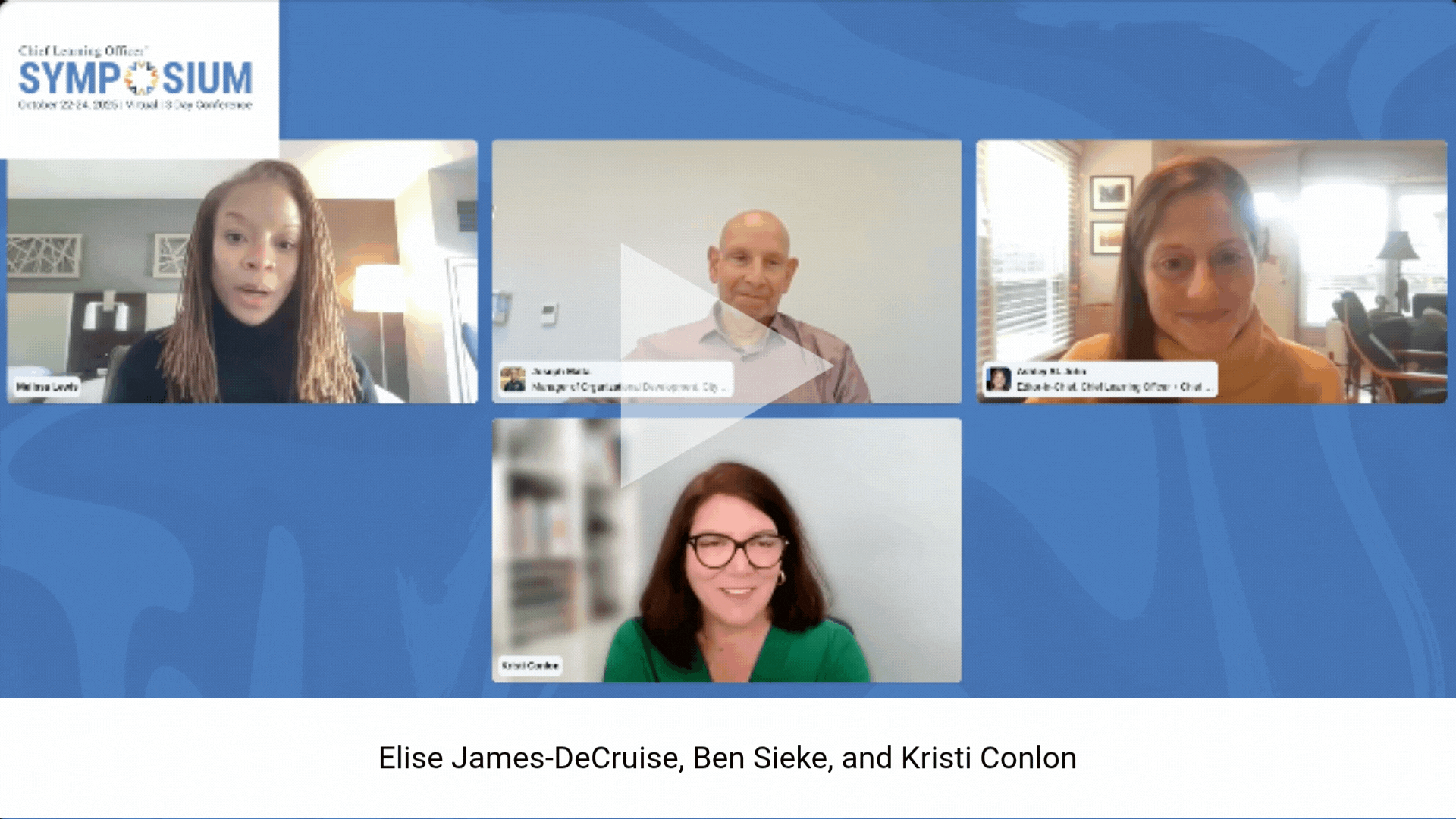When Anne Grady worked at a golf resort, her boss rewarded her with fancy golf balls. There was one problem, however — Grady didn’t golf, and her manager never took the time to find that out.
“A lot of managers have grown up in the philosophy that it’s their job to motivate employees,” said Grady, author of “52 Strategies for Life, Love and Work.” “You can’t motivate a person, but you can create a climate that motivates them.”
Learning leaders marketing their programs need to keep that in mind when trying to get employees motivated in their own development. In school, most of us didn’t work hard for the letter grade alone, but because we were told we had to get good grades to go to college, get a job and earn a paycheck.
But even that motivator is changing. There’s plenty of talk about Gen Y wanting more than money, but it’s a characteristic that’s permeating other generations, too. A 2013 Accenture report showed half of employees see work-life balance — not a massive paycheck, autonomy or recognition — as the key sign of a successful career and therefore one of the main motivators to engage at work.
In Grady’s case, that’s exactly what she wanted from her boss — the ability to leave work a little early to get home to her family. But when she mentioned how tough the traffic was or how long it took her to get home when she left at 5 p.m., her manager didn’t get the hint.
The manager did something many of us do. She never got out of her own head. Instead of keying into what would motivate Grady to work hard, she assumed they shared the same motivator, golf.
“An entire shift needs to take place in our thinking,” Grady said. “We come from a philosophy that paycheck is a motivator, or I’ll give you an ‘attaboy’ and $20 gift card. It takes more work to identify motivators and create strategy to tap into those over time.”
Psychologists split motivators into two categories: intrinsic, driven by personality and preferences, and extrinsic, driven by external needs and expectations.
Motivating with material rewards pays no attention to intrinsic motivators and relies solely on external needs, which poses a danger to people’s passions. Psychologists call it the “overjustification effect.” Receiving too much extrinsic reward dulls the intrinsic motivation people feel, which means they’ll be less likely to perform well without a reward in the future.
Give people a Starbucks card for going to a leadership training program or passing a compliance test, and you put a price on people’s interest in learning. Passion is no longer the driving force.
Grady’s “climate of motivation” requires leaders — learning or otherwise — to promote their initiatives by drawing on what internally pushes people to perform. That could mean making a program more fun by including gamification or drawing on an employee’s love of puzzles to entice them into problem-solving leadership exercises.
The best way to determine what intrinsic motivators to use is simple: Talk to the very people you’re trying to inspire.
“You don’t want to be buddy-buddy best friends or perceived as not caring,” Grady said. But keeping your eyes open, listening to hints being dropped — like Grady’s comments on her commute — even simply asking can help managers and leaders balance between the two.
As for all those fancy golf balls? They were great Christmas gifts, Grady said.















